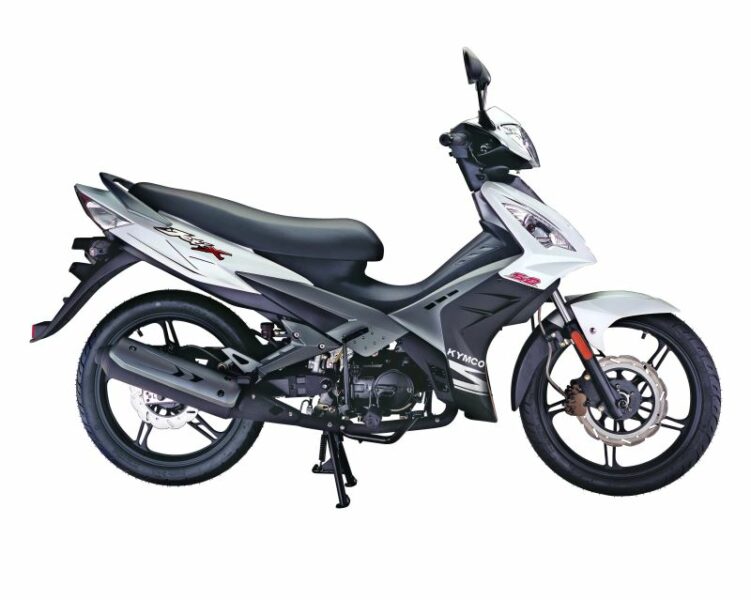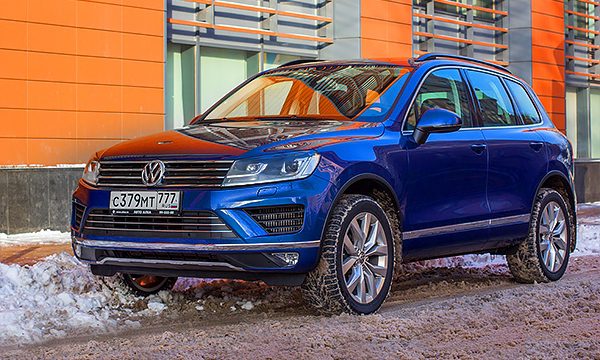
Test drive Volkswagen Touareg
No, nothing happened to the car. Light smoke from under the bottom, accompanied by a hum, is just the result of the operation of an autonomous heater. You set the switch-on time, for example, at 7:00, and in the morning you sit down in the already warmed-up salon. The system quickly builds up heat, even if you forgot to turn it on in advance, starting only before the start of the trip.
The updated Touareg got to us at the junction of winter and spring, when the temperature treacherously jumped through zero, monthly precipitation rates dropped out overnight. The concepts of "diesel" and "cold leather interior" seem to give goosebumps these days, but here's the trick: the diesel Touareg with its autonomous heater always gives a very warm welcome. A minute after starting the engine, drops of thawing snow and ice begin to run over the frozen glass - the heating is kindly turned on by itself. The warmth slowly creeps out from under the leather upholstery of the rear and front seats. The soft rumble of the awakened diesel engine soothes: you are at home again.
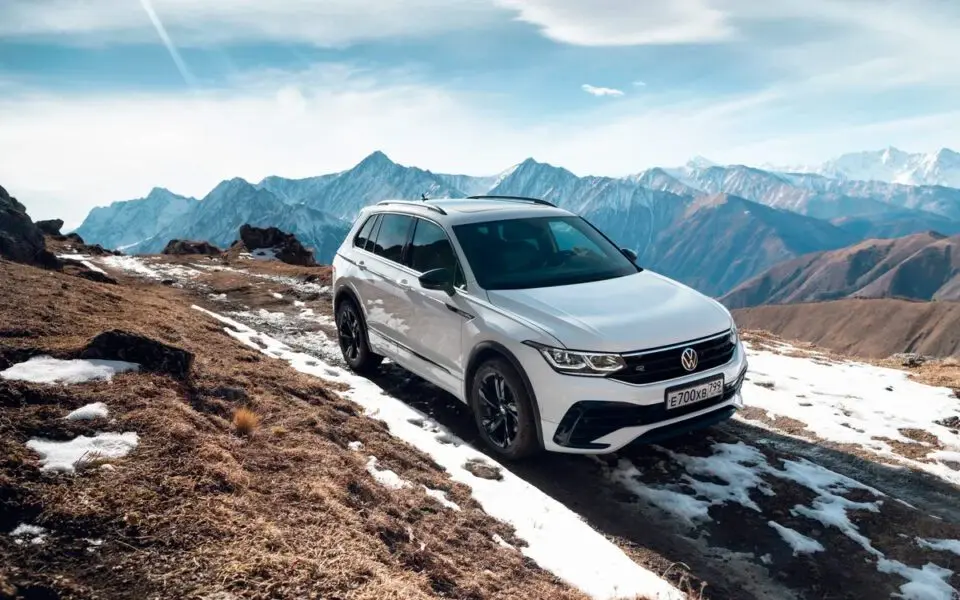
The cozy interior meets with the same symmetry and perfect order, which almost set the teeth on edge in the previous version, but remained uncontested for fans of German technology. Okay is the best definition of this interior. It seems that there was nowhere to ennoble it, but in search of more premium the instrument illumination was changed to white instead of red, and the selector knobs were wrapped in aluminum strips with fine notches - this is more solid. Otherwise, no changes. A tall commander's position, comfortable but completely unsportsmanlike seats without a pronounced profile, a spacious second row and a huge trunk. You don't need to customize anything for yourself - everything is pre-installed and adjusted at the factory almost up to your favorite radio station. The only pity is that the built-in Google services with branded satellite images and street panoramas will not work in Russia - a feature that first appeared on Audi and makes the use of the navigator much more intuitive.
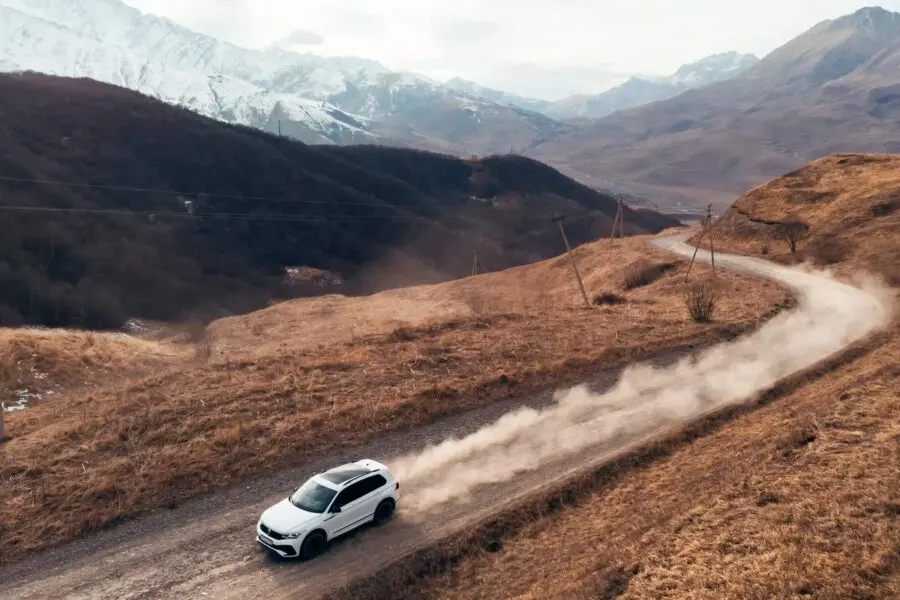
There, where the Touareg is snapped up, neither the built-in Google services, nor the engines upgraded to Euro-6 standards are being taken. The list of updates available to us is so modest that it seems as if the Germans were trying in no case to raise the already increased prices by at least a little bit. The model seems to have been designed exactly for the crisis of the Russian market, although this, of course, is not the case. Volkswagen cars, even with a change of generations, simply calmly evolve, and they have always preferred to extend the conveyor life of the current model in Wolfsburg only with light touches and an upgrade of on-board electronics - they would not scare away the loyal audience. New equipment such as an all-round visibility system, electronic assistants or a sensor under the rear bumper that opens the trunk at a swing of the foot is neatly packed into a dense price list of options - the modernized Touareg has all the most relevant, but they are not forced to take it. This is partly why the Russian price tag starts at 33 - a moderate amount by today's standards.
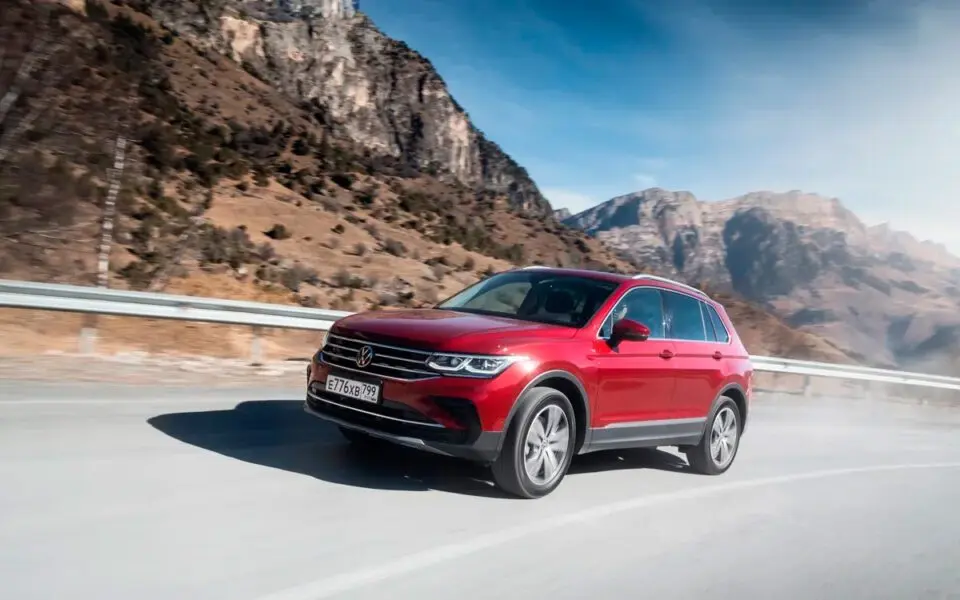
Replacing the bumpers and optics - the necessary minimum of modernization - was carried out expertly: the updated Touareg looks fresh and differs markedly from its former self. Although the stylists just turned upside down the trapezoid of the air intake of the front bumper and inserted more strict headlights, emphasizing their contours with four bold chrome strips. It seems as if the SUV squatted slightly, became wider and more solid. Although in fact the dimensions have remained the same, except that the length has increased slightly due to the bumpers.
Xenon headlights are in the base, and in slightly more expensive versions LEDs of running lights and a cornering light are added to them. The rear foglights also became diode, and chrome was added both on the sidewalls and on the rear bumper. The easiest way to identify the updated Touareg from the stern is by the headlights with expanded L-shaped LED strips. If you can only remember which way they were looking before.
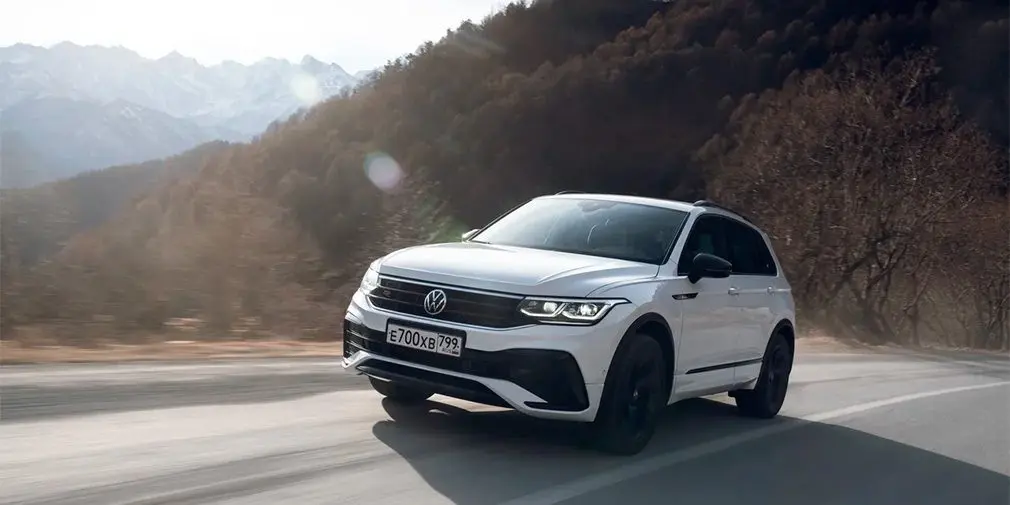
It is not a pity to dip this solid body in the mud - the geometry of the car allows you to lick the slopes without touching them with expensive chrome. With the optional 4XMotion transmission, the Touareg handles both diagonal and 80% inclines with ease. At least as long as there is enough ground clearance. And in the version with air suspension, it can reach as much as 300 millimeters - very seriously, but in practice, this entire arsenal, most likely, will have to be carried with ballast.
The diesel-powered 245-horsepower Touareg is the only version that can be equipped with a sophisticated 4XMotion transmission with a downshift, center and rear differential locks, and additional underbody protection. All the rest are entitled to a simplified 4Motion with a Torsen mechanical differential, which is quite enough for those who are not going to force a really serious off-road. In urban environments it is really difficult to find a place that requires manual adjustment of transmission modes or the use of a downshift. The diesel engine thrust is enough even in snow streaks left by morning tractors after a night snowfall.
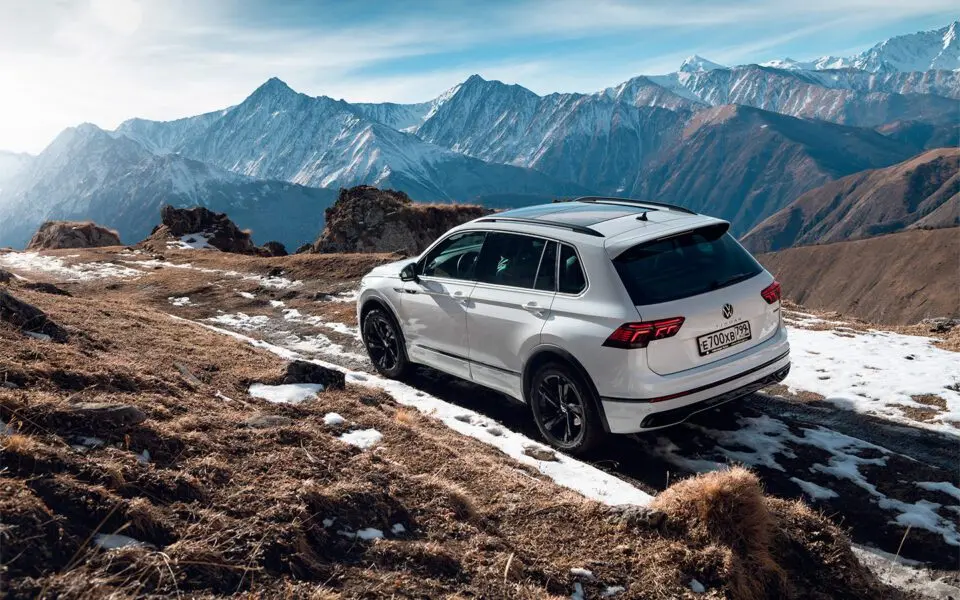
There was no curb that required an increase in ground clearance. The ability of the air suspension was only useful in order to lower the car once or twice and, sitting on the edge of the trunk, it is convenient to change boots. It does not make the car noticeably softer, and ineffective games in sports chassis settings quickly get bored. The Touareg does not like fuss at all - if you leave it alone, relying on the independence of the on-board electronics, in 99% of cases it will be as lucky as you expect. Mutual understanding with the machine is perfect in any chassis mode. The Touareg, without too much sharpness, but absolutely accurately perceives the control actions and without the slightest difficulty prescribes the arcs of high-speed turns.
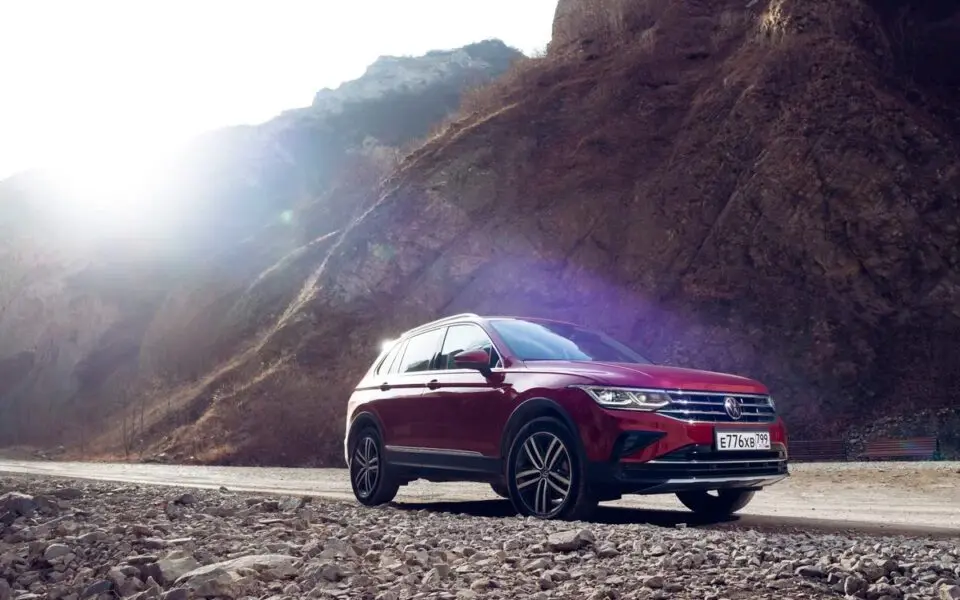
There are two variants of a three-liter diesel engine with a capacity of 204 and 245 horsepower to choose from. The derated version would be enough for the car, but a more powerful one is good without reservations. The diesel engine so easily picks up the pace suggested by the driver that you don't even remember the nuances of the 8-speed automatic machine - there is always enough traction. The engine is very lucky in almost the entire rev range, spinning quickly and gently, and the box tries to keep it in good shape. At the same time, downshifts do not occur instantly, so it makes sense to switch the automatic transmission to sport mode before accelerating on the highway. Fuel consumption is the last thing that scares the driver in this situation. Average 14 liters. per 100 km - this is the consumption in urban traffic jams, and on the highway a large SUV is content with a modest nine liters in size.
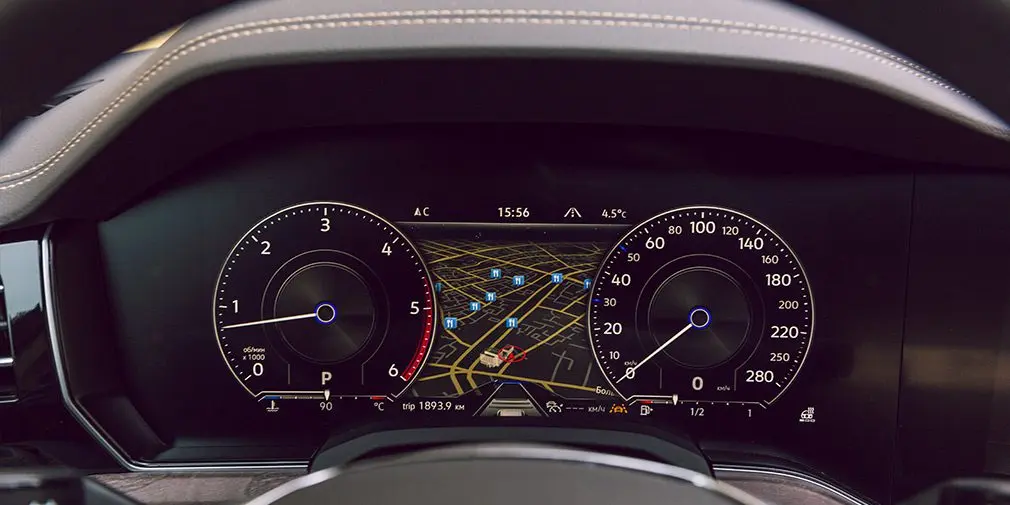
Europeans are offered this engine in a boosted up to 262 hp. form, but the load is given a tank with AdBlue urea and a certificate of compliance with Euro-6 requirements. In Europe, they have been introduced since September 2015, and in Russia they do not even talk about Euro-6 yet, although Euro-5 is already in effect here. Therefore, the former diesel engines with a capacity of 204 and 245 hp are being transported to Russia. without a complex urea injection system, for which we have no infrastructure to distribute. As counter-sanctions, we will receive the previous cars with a petrol V8 FSI (360 hp), which, on the contrary, is not available in Europe. There it will be replaced by a hybrid Touareg with a return of 380 horsepower.
The hybrid, as well as the crazy Touareg V8 4,2 TDI (340 hp) with its diesel traction and immodest price tag, are being brought to Russia only for image reasons. And they still rely on the traditional "six": V6 FSI (249 hp) and the same V6 TDI, even in the same 245 hp version. The Russians have always given these versions the warmest welcome, and not without reciprocity.
